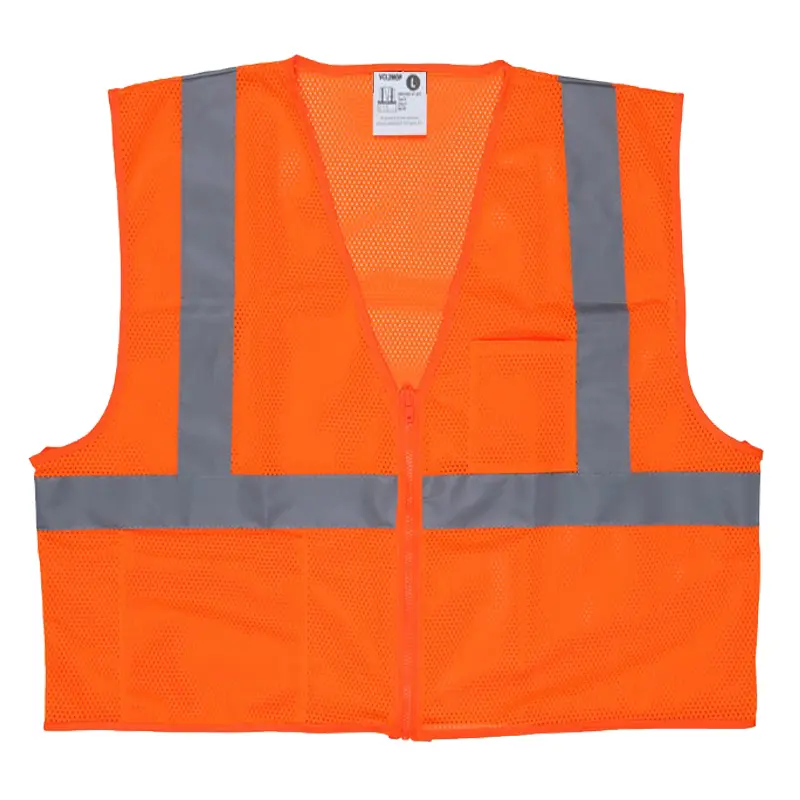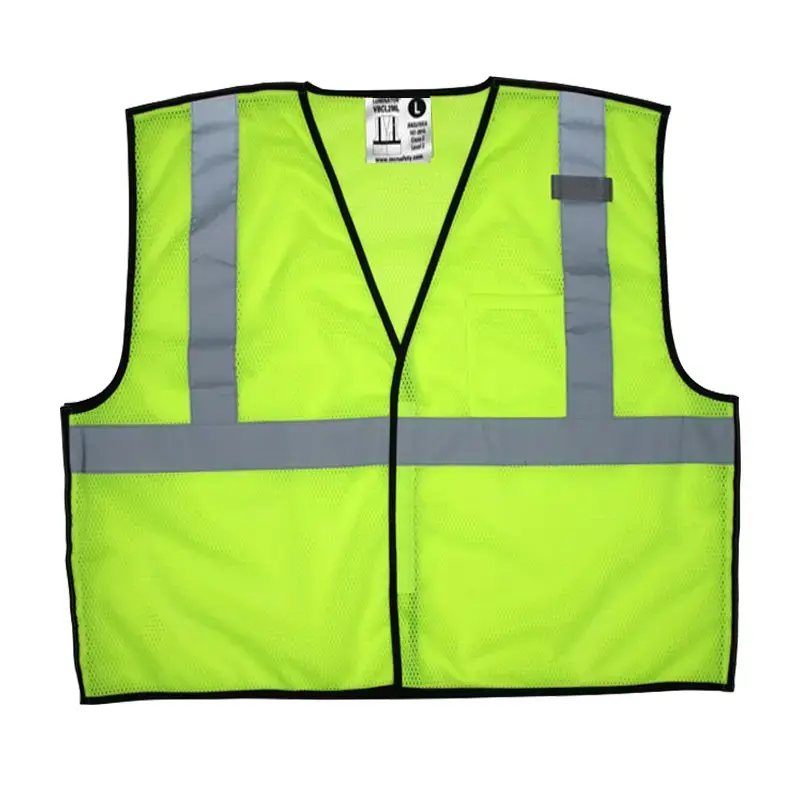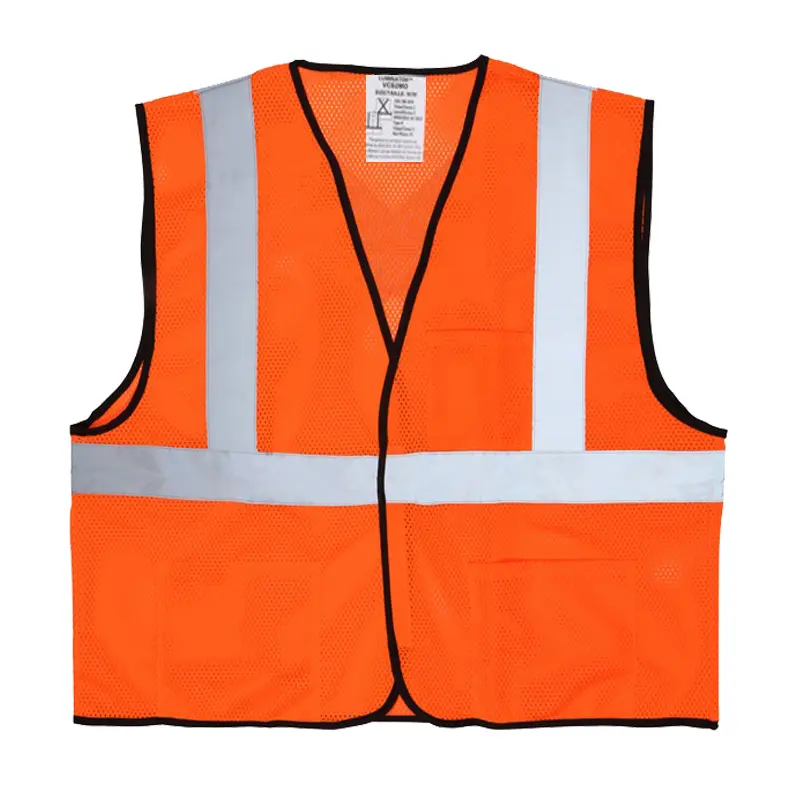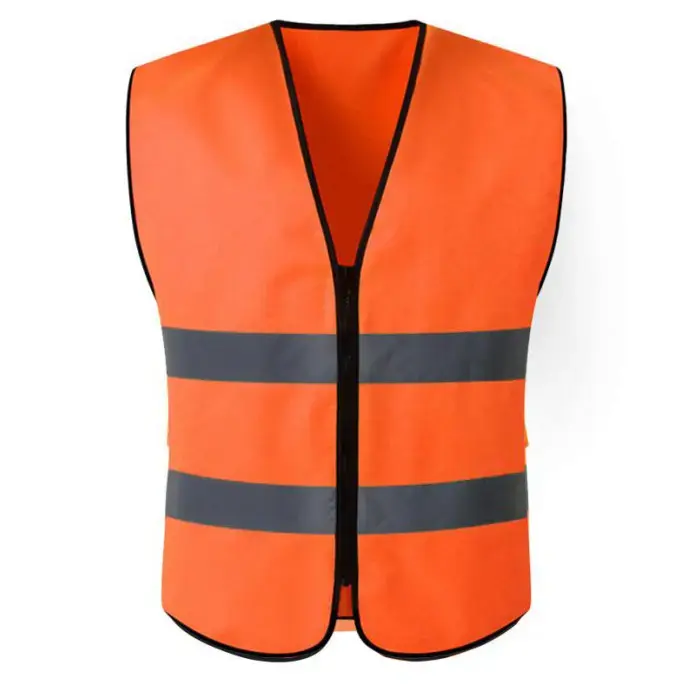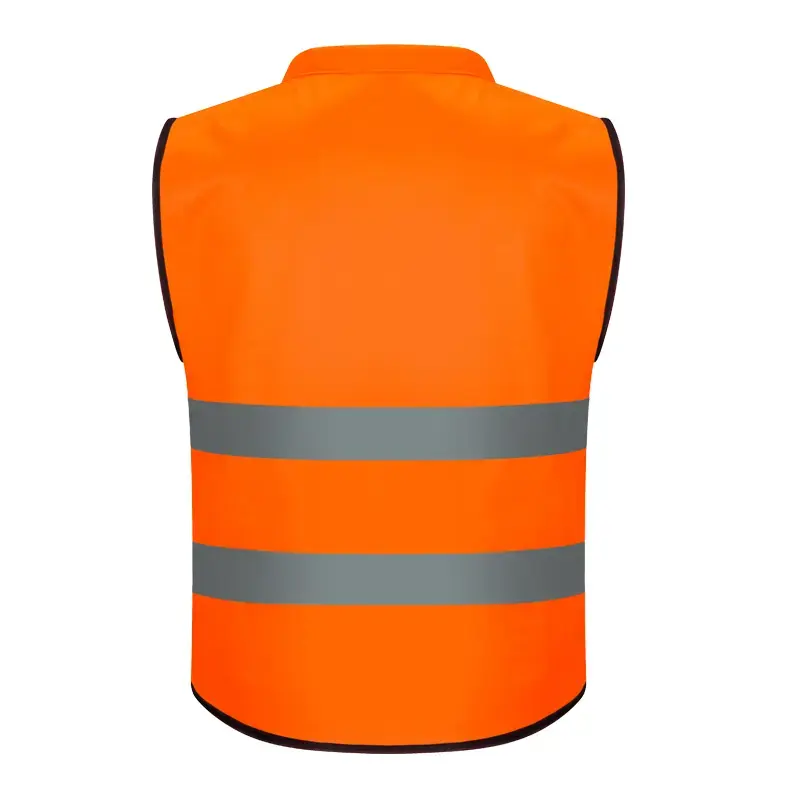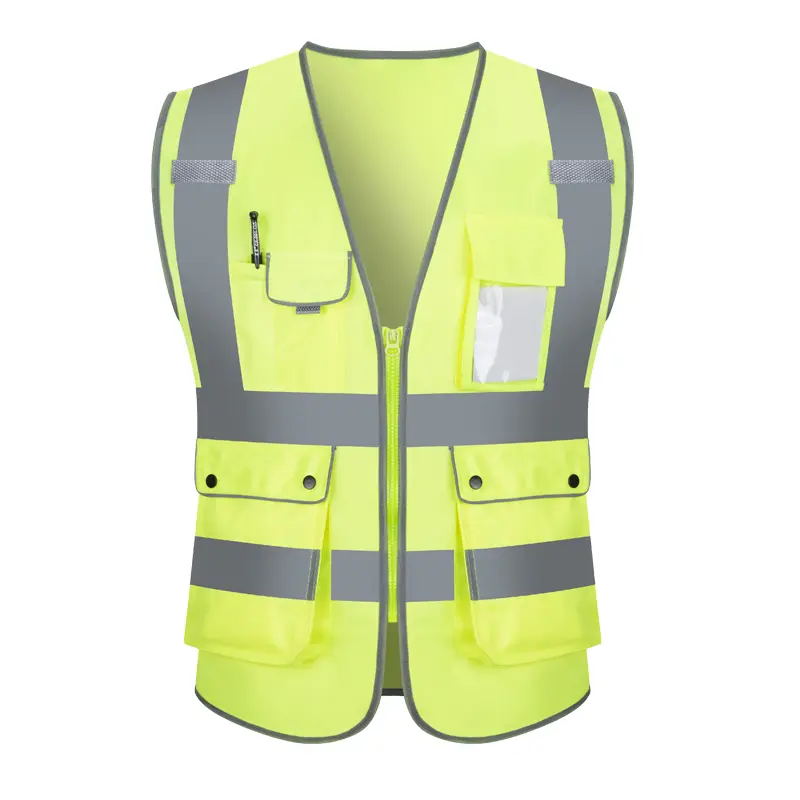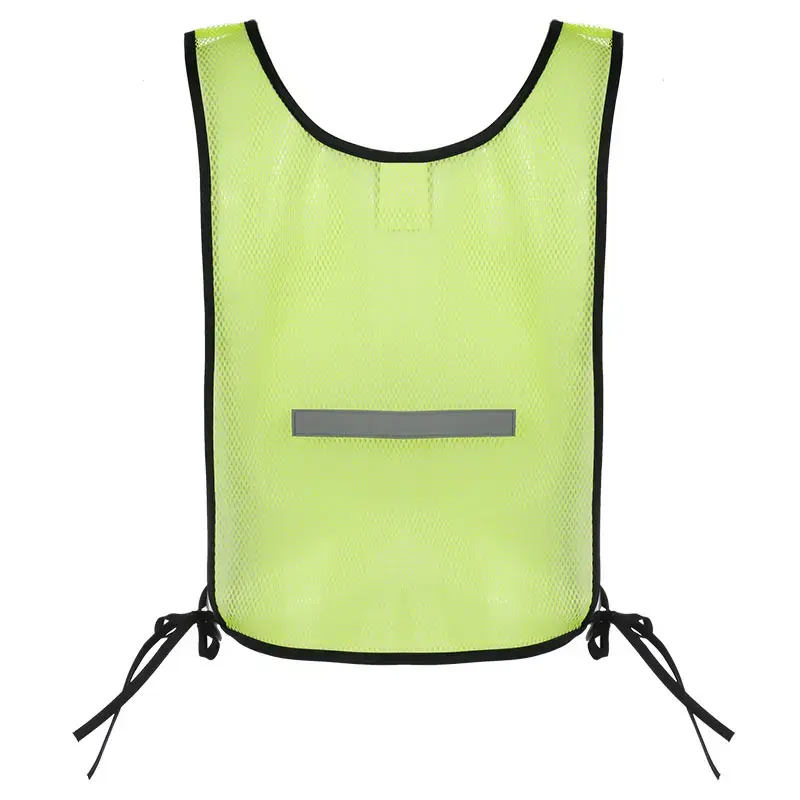ANSI/ISEA 107-2015 High-Visibility Safety Clothing and Accessories Standard Update
ANSI/ISEA 107-2015 High-Visibility Safety Clothing and Accessories Standard Update: What it Means for International Wholesale Buyers
Introduction
In today’s globalized business environment, the updating and implementation of safety standards is critical for international wholesale buyers. The update of the ANSI/ISEA 107-2015 high-visibility safety clothing and accessories standard in the United States has not only affected the domestic market in the United States, but also had a profound impact on suppliers and buyers around the world. This article will take a deep look at the updates to this standard and what it means for international wholesale buyers.

ANSI/ISEA 107-2015 Standard Overview
ANSI/ISEA 107 is a high-visibility safety clothing and accessories standard jointly developed by the American National Standards Institute (ANSI) and the Industrial Safety Equipment Association (ISEA). The standard is designed to ensure the safety of people working in low-visibility environments or high-traffic areas. The 2015 update made several important adjustments to the original standard to adapt to the changing work environment and safety needs.
Main contents of the standard update
Adjustment of clothing classification
The new standard divides high-visibility safety clothing into three types: O-type (off-road use), R-type (road use) and P-type (public safety use). This classification is more refined and can better meet the needs of different working environments.
For example, P-type clothing is suitable for emergency responders and law enforcement personnel, and its design and material requirements are more stringent.
Changes in size requirements
The new standard introduces the concept of "minimum size" clothing to meet the needs of smaller workers. For example, the minimum area of R-type 2-level clothing is reduced from 775 square inches to 540 square inches, and the minimum area of 3-level clothing is reduced from 1240 square inches to 1000 square inches.
This change not only improves the fit of clothing, but also reduces material waste.
Updates to labeling requirements
The new standard requires that clothing labels must clearly indicate the type, level and whether the clothing is flame retardant. Clothing that does not meet the flame retardant requirements must be marked on the label "This is non-flame retardant clothing according to ANSI/ISEA 107-2015 Section 10.5".
This clear labeling requirement helps buyers quickly identify the compliance of clothing, thereby avoiding safety risks caused by non-compliance with the standard.
Expansion of accessories
The new standard not only covers traditional high-visibility clothing, but also adds the classification and requirements of accessories such as hats, gloves, and armbands.
The addition of these accessories provides buyers with a more comprehensive purchasing option, which can better meet the safety needs in different work scenarios.
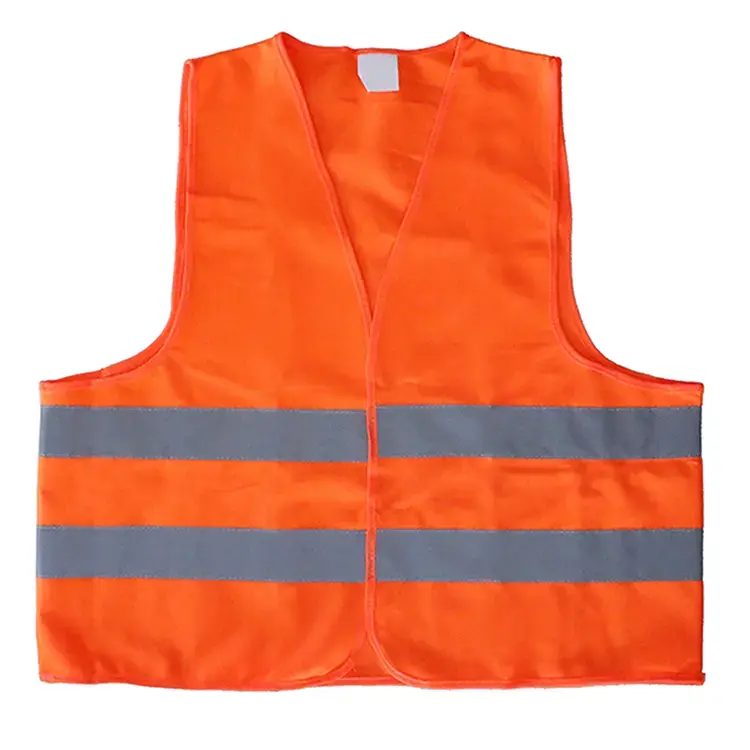
Significance for international wholesale buyers
The importance of compliance
For international wholesale buyers, it is crucial to ensure that the products purchased meet the safety standards of the target market. The update of ANSI/ISEA 107-2015 standard means that buyers need to re-evaluate whether the products of existing suppliers meet the new standard.
Buyers should work closely with suppliers to ensure that all purchased high-visibility safety clothing and accessories have been tested by a certified third-party laboratory and obtained a certificate of compliance.
Product diversity and flexibility
The implementation of the new standard provides buyers with a wider range of product choices. For example, the newly added "smallest size" clothing and accessories can meet the needs of different body shapes and work environments.
Buyers can flexibly choose different types of high-visibility clothing and accessories according to the specific needs of customers, thereby improving market competitiveness.
Market adaptability
As the global market continues to change, safety standards are also constantly updated. International wholesale buyers need to understand and adapt to these changes in a timely manner to ensure the compliance and market acceptance of their products in the target market.
By understanding the updates to the ANSI/ISEA 107-2015 standard, buyers can better predict market demand and adjust procurement strategies, thereby gaining an advantage in the fierce market competition.

